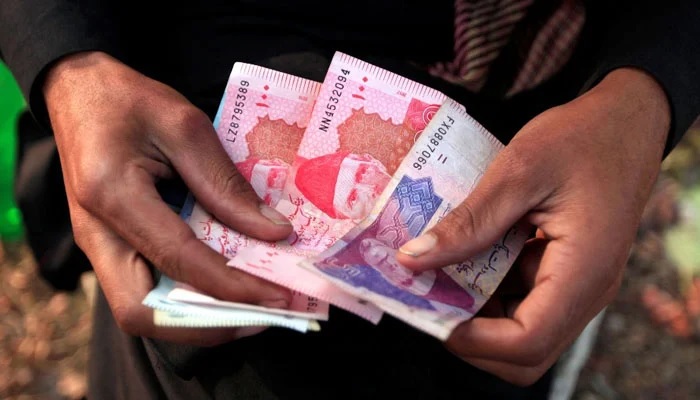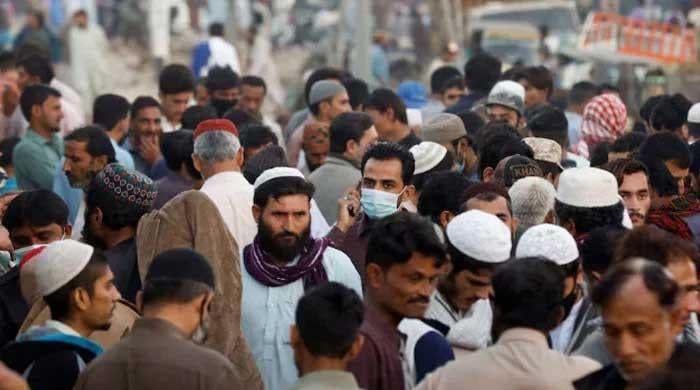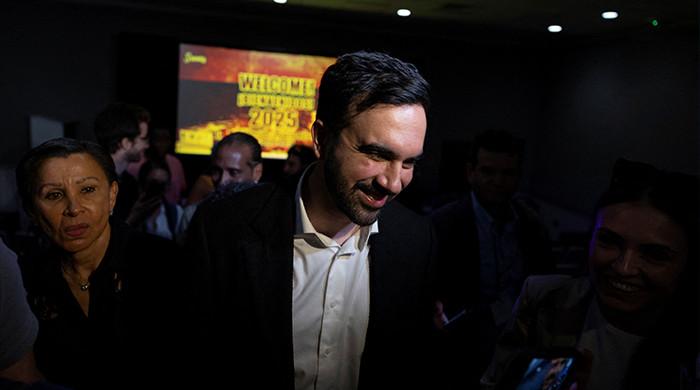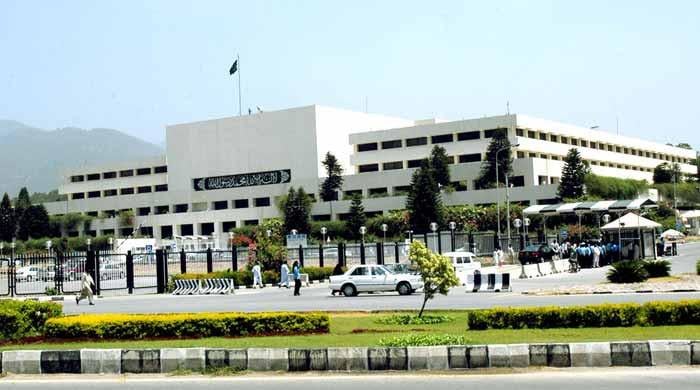Pakistan’s economy: The road to prosperity
Exports need to be enhanced through promotion of SEZs and diversification of supply chains
November 03, 2021

Pakistan is facing the brunt of high prices of oil and everyday commodities and rising food inflation. The present situation has exacerbated the plight of the underprivileged. The current loan portfolio has become viral, crossing all limits with alarming levels of debt servicing. High levels of circular debt are another problem.
The trade deficit is a serious danger which will directly and adversely affect the current account deficit. The monetary policy of the State Bank of Pakistan (SBP) is no hope either. The uncertainty around the IMF programme poses another serious threat, shattering hopes for any improvement in the near future. All of this leads us to an important question: what is in store for Pakistan’s economic landscape?
International oil prices that hit an all-time low during the Covid-19 pandemic-induced economic shutdown started rising with the reopening of the global economy and have now touched $85 per barrel, resulting in the highest-ever fuel prices in Pakistan. In the last three years, fuel prices have risen about 50 percent and electricity prices about 57 percent which are the highest-ever.
The current price of one litre petrol across Pakistan is Rs138, and a majority of the people led by their political leaders have taken to the streets against this meteoric rise of fuel prices. As unemployment is rampant, many households are in crisis where high inflation has nearly pushed them down the poverty line. The middle class in Pakistan is shrinking at a fast pace. The government is in a difficult situation to face this challenge.
Prices of essential commodities and food items have broken all records, hurting the economy as well as the people. All sorts of price indices including the consumer price index (CPI), sensitive price index (SPI), wholesale price index (WPI) have crossed all records in the last three years. Reportedly, inflation has broken a 70-year record. According to the Federal Bureau of Statistics, sugar prices rose to about 83 percent, flour 50 percent, chicken 60 percent, beef 50 percent and edible oil 133 percent in the last three years. Medicine prices including that of life-saving drugs are so high that they are almost unaffordable for a number of Pakistanis. The same is the case with prices of wheat, lentils and milk that are now touching the heights of unaffordability for ordinary Pakistanis.
The loan portfolio of Pakistan is another sensitive area. The country’s borrowings are about 95 percent of the GDP. This is in clear violation of the Fiscal Responsibility and Debt Limitation Act, 2005 that restricts the government not to cross the 60 percent mark. The external debt is around $122 billion, which, undoubtedly, because of its huge size and volume, requires a big financial boost and some support for debt servicing.
The biggest portion of our annual budget goes to debt servicing – more than the amount reserved for defence spending. In the 2021-2022 budget, the total amount reserved for debt servicing was Rs3,060 billion. On the other hand, the defence budget stood at Rs1,370 billion. Another disturbing factor in debt management is circular debt in the power sector, currently standing at slightly over Rs2 trillion.
The main chunk of this circular debt is related to capacity payments, which can be categorised as bad management decisions made at the time of finalising agreements with independent power producers (IPPs). But decision-makers should be given the benefit of the doubt. At that time, Pakistan faced a crisis-like situation as electricity was not available even for households and no resources were available for the government to invest in the power sector.
The trade deficits in the form of imports twice as big as exports are eating up the already scarce resources that are now being used to cover costly imports, making things even worse. Last year’s all-time high exports of $25.29 billion and imports of $57 billion created a huge trade gap of $31 billion, which was only supported by foreign remittances by overseas Pakistanis.
The country needs to enhance its exports through and by diversification of exportable goods and services, especially IT exports. The Special Economic Zones (SEZs) under the China-Pakistan Economic Corridor (CPEC) need to be established on a timely basis to enhance diversification and branding of exports. There is a need to create industrial clusters through these SEZs to boost exports and take benefit from the maximum use of electricity by utilising the full capacity of power plants established by IPPs, getting rid of capacity payments. Also, we need more companies that can manufacture textile and textile-related products to achieve the maximum level of exports.
The ideal monetary and fiscal policy framework ensures stable economic growth and development in any country. Monetary policy tools are used to enhance investment, control inflation, and stabilise prices through policy rates and by providing financing or refinancing facility to industrialists and exporters. It is a point of concern, and quite disturbing, when one listens to the SBP governor appreciating the currency depreciation and claiming that such devaluation ‘favours’ overseas Pakistan whose remittances appreciate in value when they send it to their home country. This is a ridiculous statement by a person in a powerful position, and it was rightly criticised by everyone who understands economics.
But, it does create doubts on the use of monetary policy tools as real or otherwise based on some dictates as it is announced by the SBP after every two months. Further, the depreciation of the Pakistani rupee will jack up the interest rate in the coming days and will definitely create problems of cost-push hyperinflation. This will discourage investment, and there won’t be significant improvement in exports, only a slight difference in imports is expected which will compromise the much-needed economic growth.
Pakistan resorted to the IMF in 2019 for the 22nd time to get support for its worsening economic conditions. The financial institution extended its support through a loan agreement of $6 billion as part of the Extended Fund Facility (EFF) for its member countries. The conditional loan dictates the country to announce hikes in energy tariff, removal of subsidies, increase in taxes, privatisation of various state institutions including DISCOs, and fiscal budgetary adjustments.
All such conditions tend to create problems for a majority of people, in the form of inflationary pressures. The now-stalled IMF programme is under negotiation. The IMF has to release the $1 billion tranche, but it is insisting that Pakistan implement its conditions for which the government is striving hard. The fact remains that fulfilling such conditions are already posing problems in the form of unbearable price hikes.
There is an immediate need to control inflation and prices, especially food prices. All monetary policy tools need to be carefully used to stabilise prices, enhance exports, and create an investment-friendly atmosphere to ensure economic growth.
Exports need to be enhanced through promotion of SEZs and diversification of supply chains. The current huge loan portfolio and debt servicing require immediate policy intervention from the government for placing a better debt management system as the two have all the potential to create a vicious circle that will keep disturbing the economy for all the time to come.
The writer is an economist.












